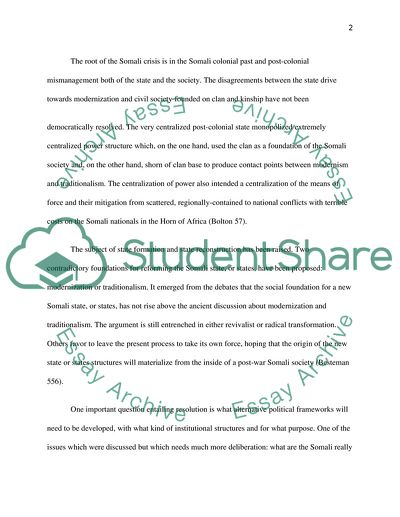Cite this document
(Debacle in Somalia Case Study Example | Topics and Well Written Essays - 2500 words, n.d.)
Debacle in Somalia Case Study Example | Topics and Well Written Essays - 2500 words. Retrieved from https://studentshare.org/politics/1730891-somalia
Debacle in Somalia Case Study Example | Topics and Well Written Essays - 2500 words. Retrieved from https://studentshare.org/politics/1730891-somalia
(Debacle in Somalia Case Study Example | Topics and Well Written Essays - 2500 Words)
Debacle in Somalia Case Study Example | Topics and Well Written Essays - 2500 Words. https://studentshare.org/politics/1730891-somalia.
Debacle in Somalia Case Study Example | Topics and Well Written Essays - 2500 Words. https://studentshare.org/politics/1730891-somalia.
“Debacle in Somalia Case Study Example | Topics and Well Written Essays - 2500 Words”, n.d. https://studentshare.org/politics/1730891-somalia.


